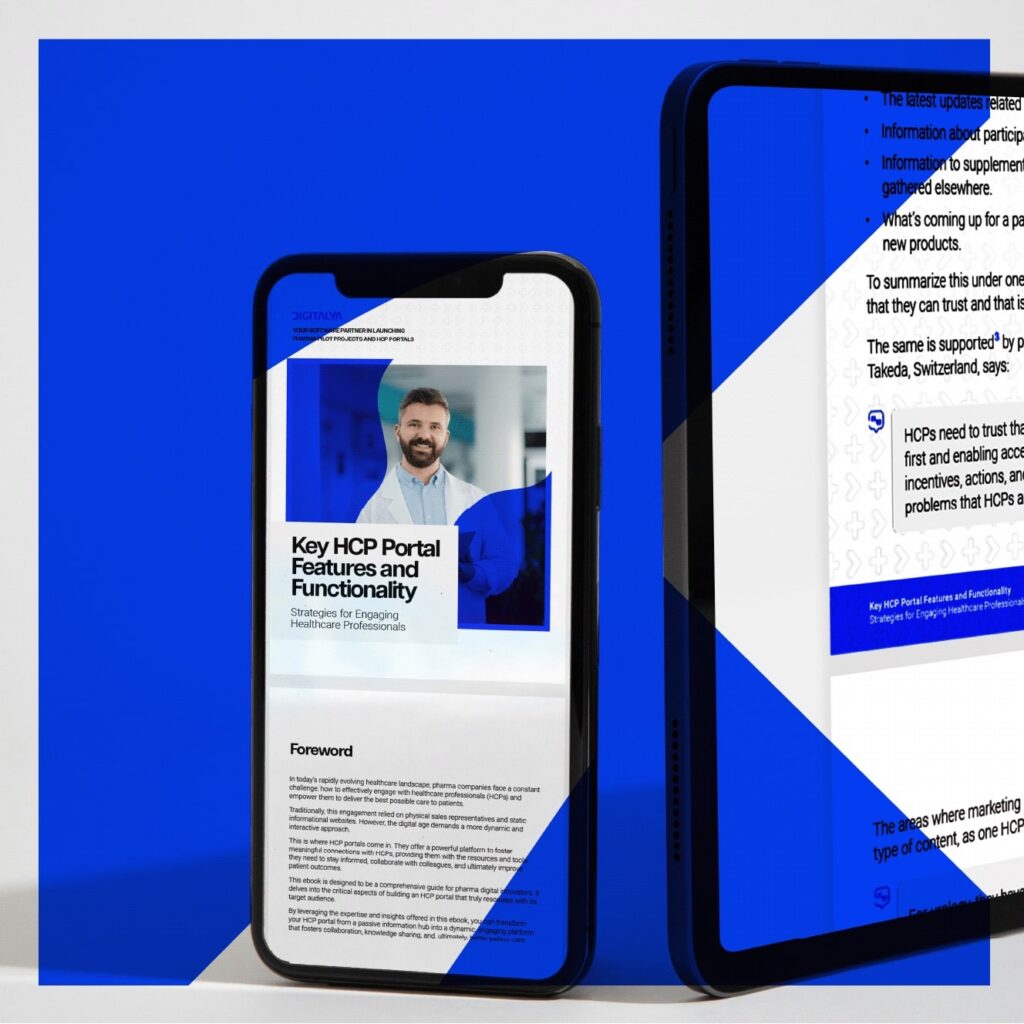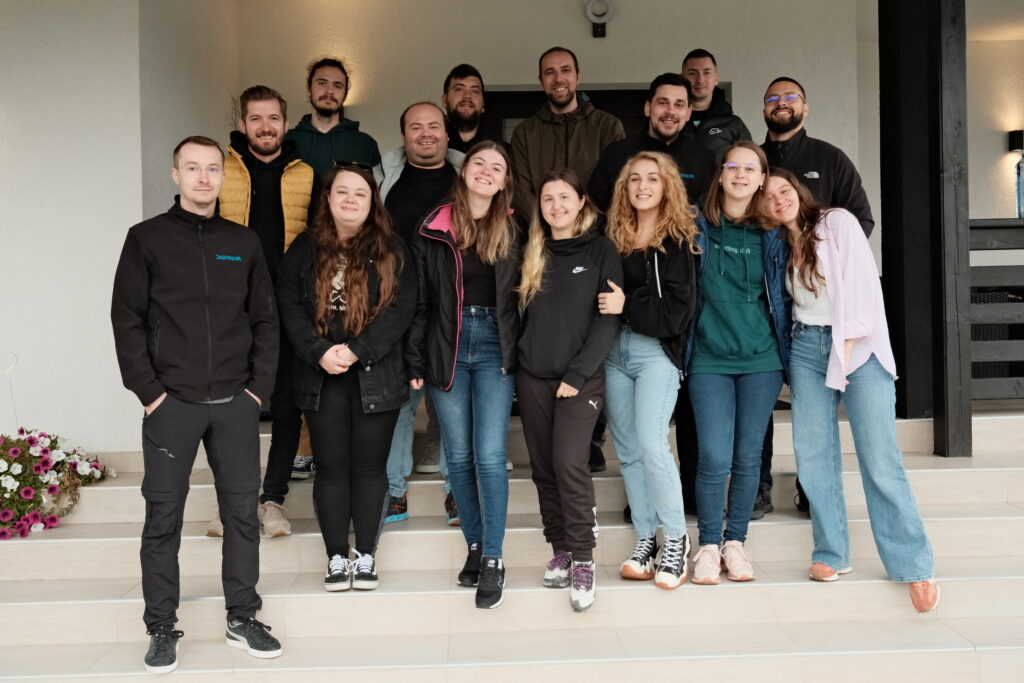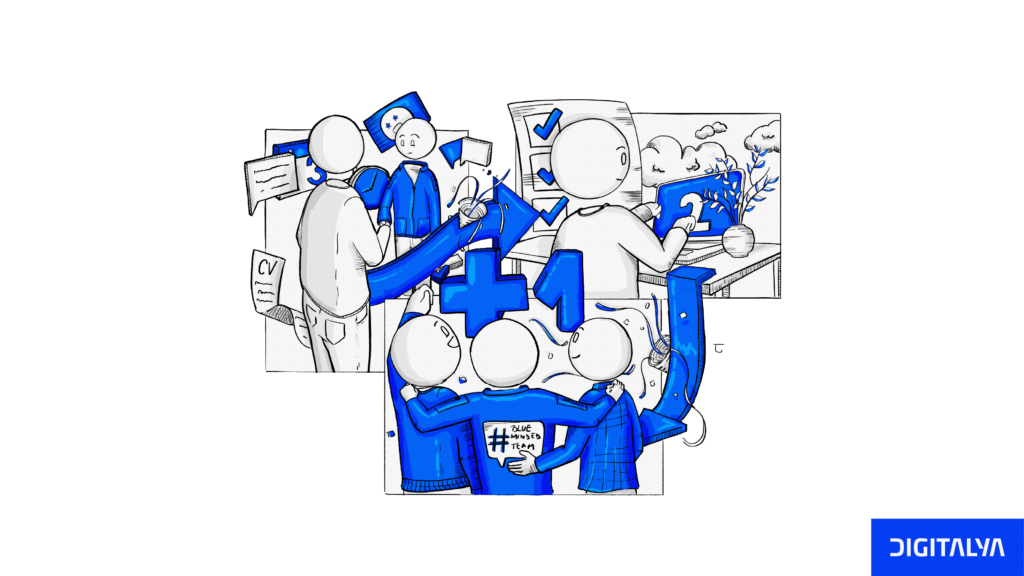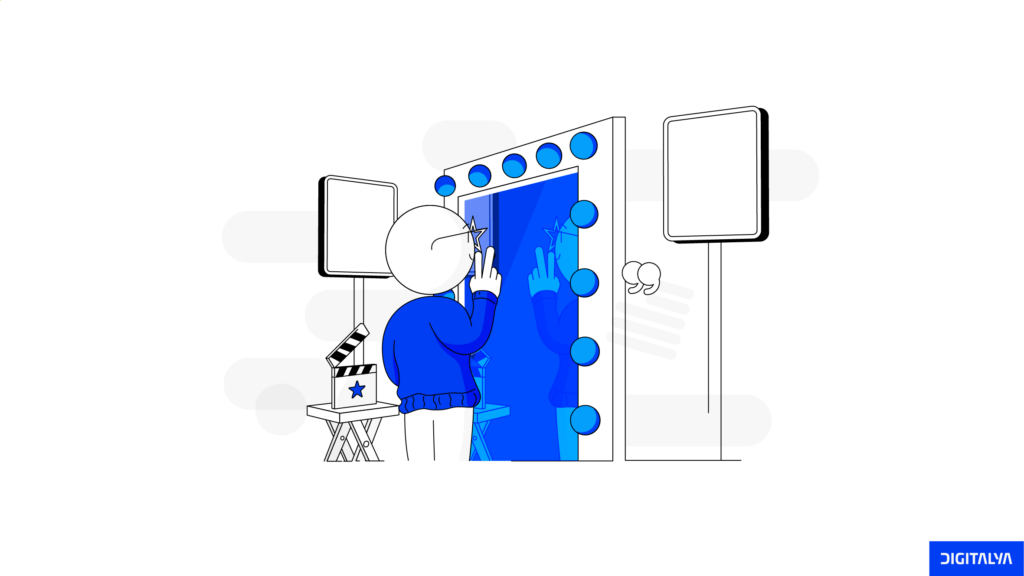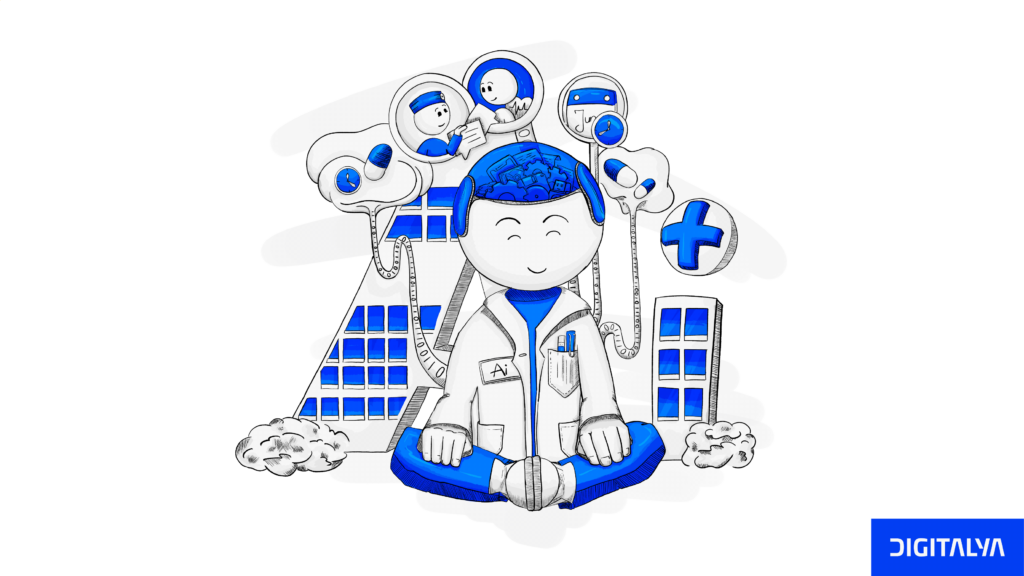All companies I’ve been in contact with, especially in the IT industry, are keen on building a healthy company culture that will help retain talent, attract new hires, keep people engaged and passionate about what they do, and transform them into advocates.
One of the main issues is that addressing company culture happens when it’s too late.
Companies start questioning how to build a great employee culture when they see behaviors they don’t want or when too many people leave.
So these questions arise: How do you get people to stick around no matter how prosperous or challenging are the times? How do you encourage the right attitude and behaviors on all fronts: between colleagues, with and from managers, and with customers?
During my 10+ years of working in various companies, I’ve seen it all: from personal affinities dictating who gets a promotion to big-ego bosses that can’t accept when they make a mistake, all the way to managers treating employees as children who can’t be trusted.
I’ve also seen managers willing to listen to their employees and find new ways to provide the right mix of challenges and rewards.
At Digitalya, I’m pleased to report that I’ve found a healthy company culture that does not simply write its values on walls but also expresses and enforces them daily.
And it shows. The job market for software developers is highly competitive. Still, we managed to have all colleagues stay on board for the past year.
I combined all my experiences, reflected deeply on what keeps people around, and discovered 7 ingredients for a healthy company culture.
Let’s start baking 👨🍳
1. Create a clear set of values and use them each day
I think I’ve said this every time I wrote a blog post, and that’s because I genuinely believe that company values are essential for creating a great work environment.
I’ve seen time and time again companies that have a disconnect between the stated values and what’s actually happening. To create a healthy workplace, you need to create the values you want to encourage while incorporating those already manifesting.
Once you have that set clear, you must also find out if you have employees that no longer fit. It’s a complex process, but keeping one or two bad apples can spoil the barrel.
Remember, people don’t leave companies; they leave their managers and colleagues. And that usually stems from a mismatch in values.
The biggest next step, and the one you can’t miss, is using those values in daily activities so that they become a part of the workplace culture; use them in the team and customer interactions, how you make decisions, how you handle challenging times, etc.
Having values amounts to nothing if they are left to be some words printed on shirts and coffee mugs.
Here’s the culture strategy at Digitalya.
First, existing employees are evaluated based on our core values and how they manifest them daily. These values are:
- We learn together
- We help each other
- Power to the team
- Always seek quality
- Tech is our playground
Each colleague is asked to provide clear examples of when their teammate manifested any of these values. This makes it clear if someone is incorporating the values into their work and if there are any red flags.
Plus, getting the validation that they are, in fact, on the right track encourages people to keep manifesting the values going forward and makes the employee feel valued.
Next, our company goals and milestones are deeply rooted in those values, which means we use them as a basis for all our big decisions. This allows us to always be in tune with the rest of our crew.
2. Company culture fit is more important than skills
While we have some demanding requirements for joining our team, the first step in our interview process is a discussion with our HR team to assess the fit with our company culture and values.
We won’t go through the tech or skills evaluation if the answer is no.
It might seem counterintuitive if a specific role is urgent, but we’d rather wait for the perfect culture fit than hire someone who’s great at their job but does not fit our diverse and inclusive team.
This helped us have employees that feel right at home from day one.
Mircea, one of our most recent employees, said, “I don’t know how you do it, but I felt at home from day one; it was like I was working with everyone for months, not merely hours.”
That’s the power of hiring based on company values and culture fit first. Skills can be acquired, but being on the same wavelength as others is more challenging (or sometimes impossible), and you’ll have difficulty driving performance inside the team.
3. Be transparent and honest about things that matter
Many companies are willing to be transparent when things are bad. It’s a great moment to ask for understanding, support, and more involvement as a team.
The same can’t be said when the company performs better than expected. These results are not shared with the employees, diminishing the possibility of celebrating and rewarding hard work through different benefits packages.
As a company, if you want to build trust, communicating with employees when they do a great job and rewarding them for putting in the extra work is a must. You can’t demand to stick together only when the times are tough — this does not create a healthy work culture.
The form in which you reward your employees depends on your particular situation. Here at Digitalya, we’ve found a solution that increases employee wellbeing and is heavily linked to our performance.
Another essential element of transparency is knowing when not to communicate. If something unexpected happens, gather the leadership team, lay out a strategy, and then bring the news out. Otherwise, it might unnecessarily alarm your team.
And the last thing I recommend is asking people for the information they want to hear to improve communication. Don’t share numbers and decisions for the sake of sharing. Share knowledge that’s of interest and relevant to the well-being of your colleagues.
For example, at Digitalya, we have a weekly meeting to share internal information about team happiness, sales and marketing efforts, team updates, client praise and feedback, etc.
We noticed people asking about the active projects to understand what their team members were doing. This helps them feel closer to each other and enables the opportunity to contribute if needed.
That meant we had to adjust our presentation to include more project information, such as new features we’re working on, things we’ve delivered, the impact each project has, and changes in the project. Now, each member is up to date with what others are doing and can celebrate the wins together.
4. Encourage healthy behaviors
Keeping employees engaged and happy in a competitive landscape like software development is no easy task. Companies try to fulfill their needs and decrease employee turnover in many different ways: through team buildings, bi-weekly team events, summer and winter parties, and so on.
All of these can positively impact your team but are not what keeps an employee from looking elsewhere. This is especially true if you don’t use these events to reinforce your values and culture.
I’ve seen companies that manage to encourage unwanted behaviors through these events by basing them around the wrong values and goals. It all can lead to creating toxic company cultures.
For example, organizing game nights focused heavily on high-price rewards. This shifts the focus from an activity that should unite teams to one where people “fight” over prizes. With time, they get used to those rewards and do not show up when the stakes are lower.
It will also foster an environment that encourages employees to constantly expect to be “entertained” and to “get something in return” instead of creating connections.
I suggest using these events to bring people together. If you want to reward them, do it in a way that does not move the entire focus on the gains.
Here’s how we view monthly team activities at Digitalya.
If we decide to go out to an activity, we make sure to emphasize having fun and increase employee engagement. For the gatherings at the office, we encourage team collaboration and competitiveness without focusing on big prizes. Yes, the winners get something, but we try to find something fun and cool that they can (if they want to) share with others at the end. And 100% of the time, they’ll share it.
5. Get employees involved in decisions and listen to what they need
Listening to your employees is a no-brainer, right? The problem is not asking the right questions. You might listen when they want a new type of coffee in the office, but what about the frequency of their performance evaluations? Or how often do they want their salary to be up for re-evaluation? Or even what are the areas they want to grow and how (and if) the company supports that?
Those are the decisions people want to be a part of and should be included, as these will impact them directly.
For example, we recently debated moving our performance evaluations to once a year. It’s easier to track and manage, and could bring higher benefits to each colleague.
Since it’s a big decision, we consulted our team and learned they still prefer to have these talks once every six months. Among the reasons is that evaluating someone’s hard work after one year is challenging. A lot can get lost, and most of the time, only recent experiences come to mind.
Consulting your team on important topics can also reveal that some things you thought matter to them are unimportant. This means you can use that time and budget more efficiently.
6. Trust your team
Don’t micromanage. Hear their advice, act on it, and consult your team before committing to deadlines or work that’s not feasible.
If you hired top talent in their field to drive progress, let them do that. Don’t be a ghost over their shoulder looking at their keyboard strokes. Instead, set goals with your team and watch them work.
When things go south, bring the team together and focus on what you can do to fix or manage the situation, not on pointing fingers.
Expect them to be honest with you and do the same if you want a healthy culture and to increase employee retention. Otherwise, you’ll drive people away.
7. Celebrate as often as you can
I find celebrating extremely valuable for building a strong company as it allows people to see the impact of their work, share it with others, and mark the accomplishment.
Usually, much effort is needed to achieve your goals, so properly marking them should be a must. Cheer with everyone when you get a new client, sign a big partnership, or for a great overall year for the team.
But don’t forget about the small wins. They should be as much of a reason to celebrate and acknowledge your piers’ contribution as any other; plus, they contribute to a positive culture.
For example, at Digitalya, we use Mirro’s kudos feature, where every employee has the chance to acknowledge the contributions of others. Like a social media post where you tag others, they can write a thank you message, tag their colleagues, and choose the values they think were displayed (as you see, this is also an opportunity to reinforce the company values).
This feature is used for things like thanking a colleague for helping you carry a big box down the stairs all the way to big project accomplishments.
I hope this inspires you to find a system that works for you.
Conclusion
A healthy workplace culture is all within us already. Through the way we communicate, collaborate, and work, all the way to the values we share and reinforce.
Strong company cultures are not built in a day, but each day can get you closer by displaying the behaviors you want to see in others. Here’s a great video where Brian Chesky, Airbnb’s CEO, sums up how company culture is made:

